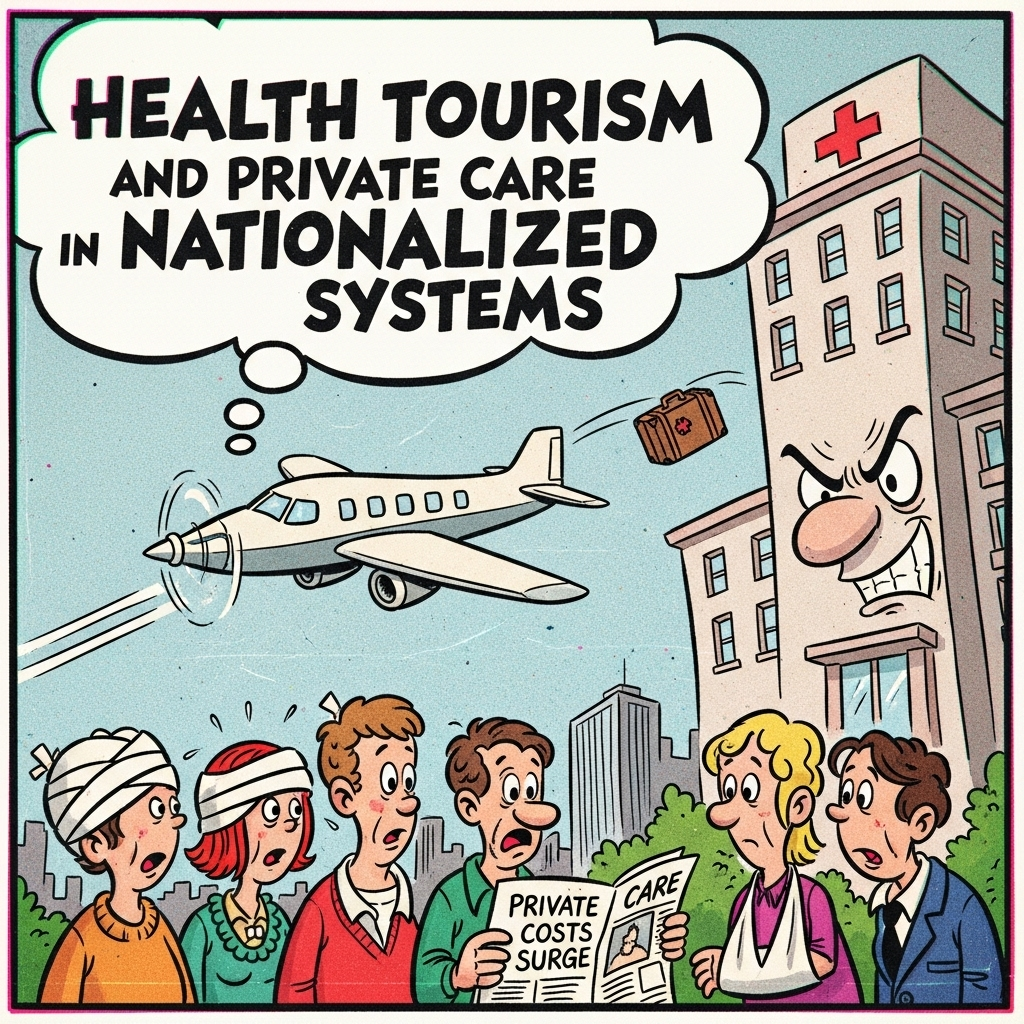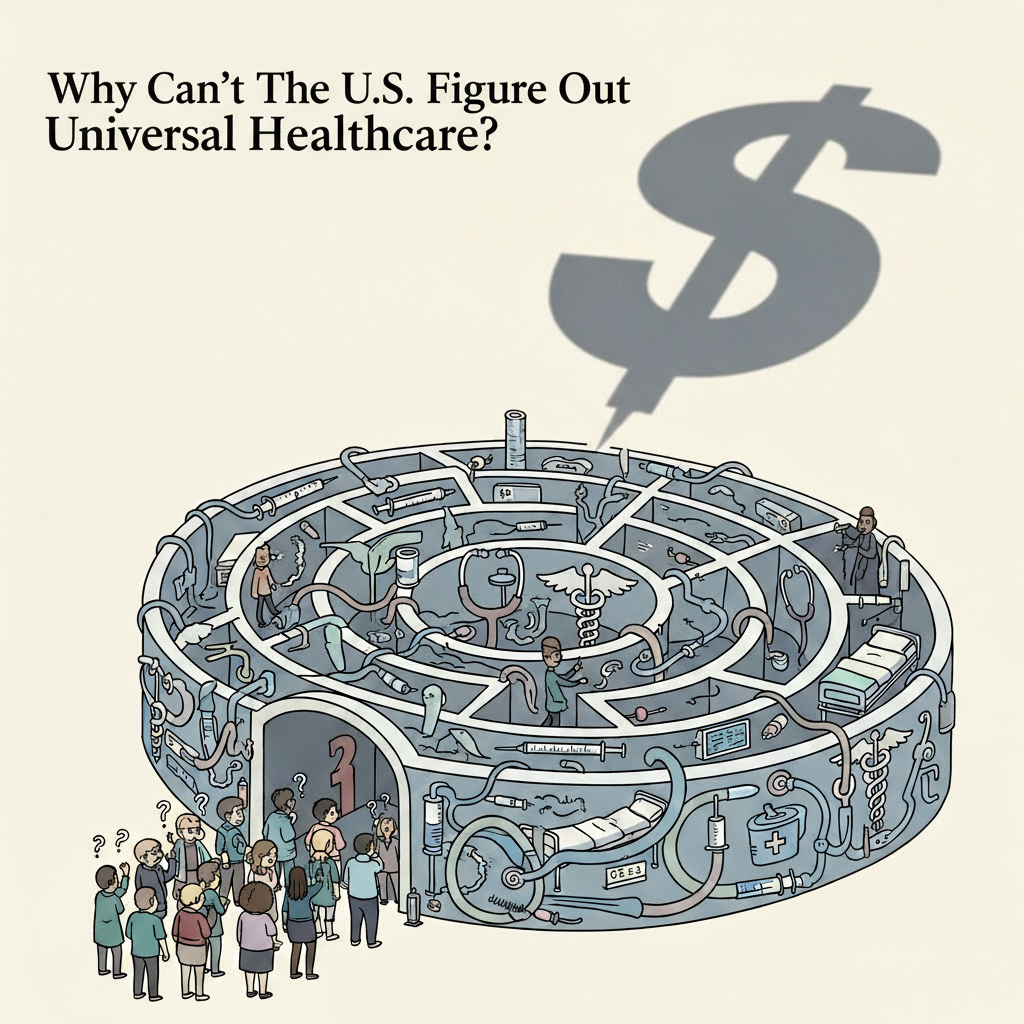
Introduction: When “Universal” Still Isn’t Enough
One of the biggest misconceptions about nationalized healthcare systems is that once you have universal coverage, the need for private care disappears.
The reality? In almost every country with a public system, there’s a thriving market for private care and medical travel—often referred to as health tourism.
Universal access doesn’t always mean universal satisfaction.
Why Patients Seek Private Care
Even with nationalized healthcare, patients may choose private services for:
- Shorter Wait Times – Avoiding long queues for elective surgeries, diagnostics, or specialist visits.
- More Choice – Selecting a specific physician, surgeon, or hospital.
- Access to Non-Covered Treatments – Including experimental therapies or newer drugs not yet approved in the public system.
- Luxury and Comfort – Private rooms, personalized attention, and concierge-style amenities.
The Rise of Health Tourism
Health tourism refers to patients traveling abroad—either from a nationalized system to another country, or into that system from outside—for medical care.
This can include:
- Patients from the UK traveling to the US or Europe for faster procedures.
- Canadians seeking surgery or imaging in the US to bypass wait lists.
- Wealthy patients from around the world traveling to specialized centers in Singapore, Turkey, Switzerland, or Thailand.
What Drives the Trend
1. Wait Times
Public systems often prioritize urgent and emergency cases, leaving elective procedures subject to months-long waits.
2. Access to Advanced Technology
High-cost diagnostic equipment and surgical robotics may be more readily available in private or foreign facilities.
3. Perceived Quality Differences
Patients may believe private care offers better outcomes—sometimes justified, sometimes not.
4. Coverage Gaps
National systems may exclude dental, vision, certain fertility treatments, or cutting-edge cancer therapies.
The Double System Reality
Countries with nationalized care often operate a parallel private system, where patients can pay out-of-pocket or use supplemental insurance to:
- Skip wait times
- Access different medications or devices
- Receive care in higher-end facilities
While this provides choice, it also raises concerns about a two-tiered system where wealth influences access and outcomes.
Implications for the United States
If the US were to adopt a more nationalized model, we’d likely see:
- Continued demand for private cash-pay care
- Expansion of concierge medicine practices
- Growth in outbound medical travel for specialized procedures
In other words—universal coverage wouldn’t eliminate the private market; it would reshape it.
The Ethical Debate
Critics argue that private care in a nationalized system undermines equity by giving wealthier patients better or faster access.
Supporters counter that private options relieve pressure on the public system and provide a safety valve for patient choice.
Final Thoughts: The System Within the System
Nationalized healthcare may ensure that no one is left without access—but it won’t erase the desire for faster, broader, or more customized care.
For some patients, the answer is paying for private care domestically. For others, it’s buying a plane ticket.
The challenge for policymakers is balancing fairness with freedom—ensuring that private options don’t erode the integrity of the public system.
About the Author
Douglas J. Jorgensen, DO, CPC, FAAO, FACOFP
Dr. Doug is a physician, consultant, and national educator on healthcare policy and regulatory compliance. He helps organizations understand the interplay between public healthcare systems and private market forces.


